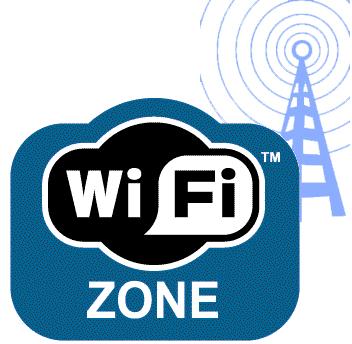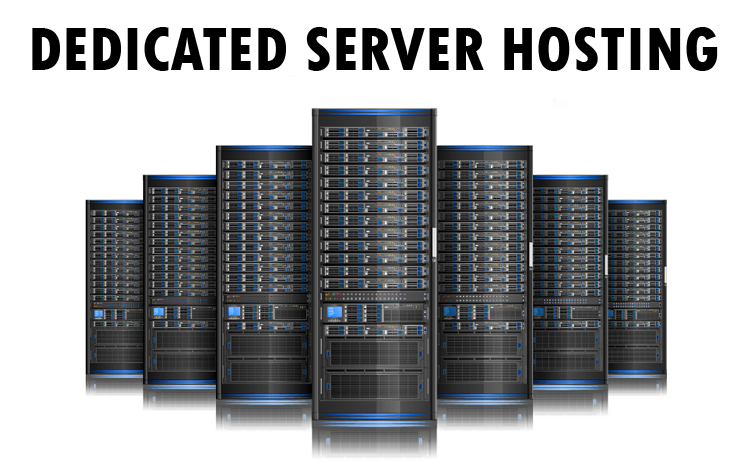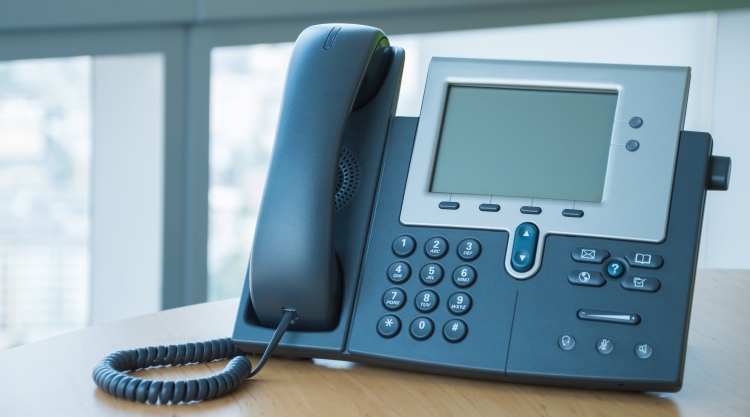You have surely heard about it, but do you know what is it?
Wi-fi is a technology that allows different electronic devices to exchange data wirelessly over certain range and can connect easily with computer network. It makes it simple to connect personal computers, video game consoles, smart phones, tablets and many other devices to one another or to the Internet without need for wires. Looks like magic, but it’s merely science!

Wi-fi devices create an access point (also known as “wi-fi hotspot”) which usually covers a radius of 20 meters or more, depending on the transmitter potency. Wi-fi is a trademark of the Wi-Fi Alliance and the brand name for products using the IEEE 802.11 family of standards.
Is that so easy to connect with world?
Did you ever notice there are several wi-fi access points available to your computer, especially in urban areas? Those access points belong to household users, cafes and stores, and usually they will only be available in the close surroundings. In some cases, you will also come across broader hot-spots encompassing the campus of a college or even entire city parks.
In London, public Wireless mesh networks are very commonly used for connecting to the Internet. Wi-fi is often freely available in high street chains and independent businesses. Many organizations and establishments including airports, hotels, restaurants, hospitals also tend to provide wi-fi connection to attract customers. So yes, depending on where you are it’s really easy to connect with the world via wi-fi… provided you have a computer and login details, of course!
Devices specialised in wi-fi services
Routers are devices that normally connect to a digital subscriber line modem to create a Wi-Fi access point; these devices are in widespread use nowadays, when it comes to broadcasting an Internet connection across the wi-fi enabled electronics in a house.
The past few years have brought forth the advent of portable routers such as Mifi and WiBro, which allow users to easily create their own Wi-fi hotspots on the go. This makes it really simple to share a 3G/4G mobile Internet connection with others.
Comfort Zone with wireless
Besides being more convenient, Wifi is a cheaper investment than wired LAN. Since there’s no need to run wires to connect the computers in a building, it works great for distributing Internet connections across outdoor areas and historical buildings.
These days, Internet providers are offering diverse wi-fi services, suitable for all preferences and usage types. The current version of Wifi Protected Access is widely considered secure and it is suitable for latency- sensitive applications which modulate voice and video.
Range of coverage which offers convenience
There is a wireless access point which uses 802.11b or 802.11g with a stock antenna which has a range of 32 m indoors and 95 m outdoors. Range also varies with frequency bands. Wi-fi with 2.4 GHz frequency has slightly better than wi-fi in the 5 GHz frequency block. Wireless routers are with detachable antennas and it is possible to improve connecting range with upgraded antennas and it will connect properly in particular direction. Wi-fi has fairly high power consumption. Bluetooth provide a much shorter propagation range with eligible devices.
Did that help improve your understanding of Wi-Fi technology? If you have further questions, feel free to ask by writing your comments after this article!
This guest post was brought to you by the ComputerTooSlow website, where you can find all kinds of computer maintenance advice; from advice on how to free up hard drive space to clearing startup programs and many other useful tips.


























Leave a Reply